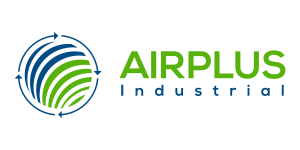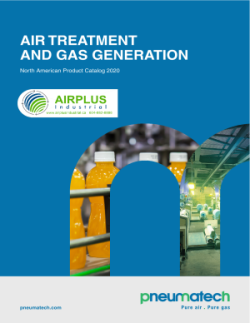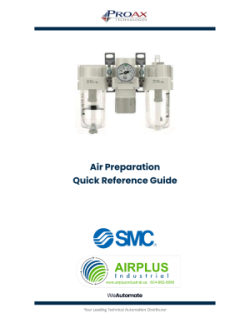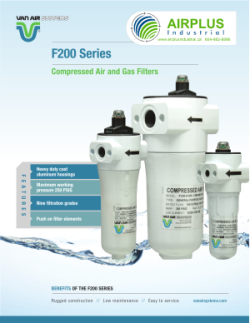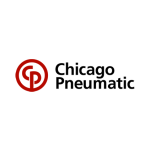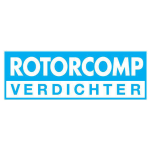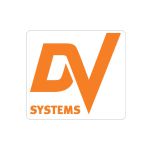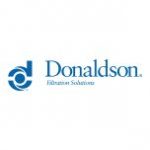Air Treatments
Air treatments for compressed air to help
protect equipment & the environment
nothing here
AIRPLUS offers compressed air dryers that are created for your specific air quality needs with of varying adsorption methods.
Compressed Air Treatments
Compressed air treatment is a method that dehumidifies and cleans air prior to its entering the air compressor. This process usually involves the use of an air dryer and air filter before the air filter found in an air compressor.
Cleaning & Drying the Air
Effective compressed air treatments should lower the dew point of the air and filter particles out of the air stream that may negatively impact the air compressor.
Prolonging Equipment Life
Compressed air treatment systems are a wise choice for protecting your air compressor. Not only does compressed air treatment allow your system to run more efficiently, but it also prolongs the life of the system by reducing rust and corrosion that can be caused by wet, dirty air that contains particles that can cause corrosion over time.
Advantages of Clean Dry Air
The compressor can run faster and more efficiently because the air being used is clean. Further, air that has undergone treatment is dry and it will not promote rust the same as wet or humid air will. Treating your air and your system can also make your compressor quieter.
Learn more about the benefits of using compressed air treatment and more ways to increase the efficiency of your air compressor system.
Types of Air Treatement
Refrigerated Dryers
Refrigerated air dryers lower the temperature of the compressed air forcing moisture to condense out. This is called lowering the dew point of the air.
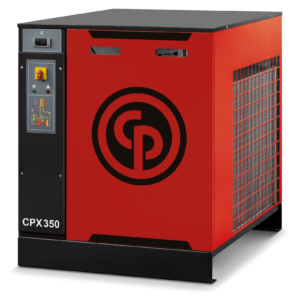
Air has less ability to hold moisture as the pressure increases or the temperature decreases. Removing moisture minimizes further condensation from occurring in the air lines and tools downstream.
AIRPLUS supplies both ambient-temperature refrigerated air dryers and high-temperature models to deal with an input air stream up to 180°F (82°C).
Refrigerated air dryers are a good choice for mechanical shops, or factory settings to run air-powered tools. In cases where even dryer air is required such as in painting or instrument air, other options such as desiccant dryers are available.
Heatless Adsorption Dryers
AIRPLUS uses heatless adsorption dryers in their compressed air systems when called for like Donaldson’s Ultrapac™ Smart. This is a compressed air treatment system that combines many process steps to achieve pure compressed air
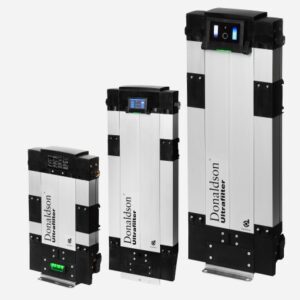
The steps include pre-filtration and heatless regenerated adsorption drying and fine filtration and condensate removal.
Plug’n’Play
The compact stand-alone version can be used directly as a plug & play solution. Installation and maintenance costs can be significantly reduced by using this compact treatment unit to generate clean, compressed air.
Compressed Air Purification in Three Stages
The integrated pre-filter retains solid particles and liquid aerosols (oil/water).
- The adsorption dryer adsorbs the moisture in the compressed air up to a pressure dew point of -70 °C/-94 °F, at 70 % nominal load (standard -40 °C/-40 °F).
- In the last step, remaining solid particles up to 0.01 μm are retained in the integrated after-filter.
Line Filters
Contaminants take many forms in compressed air systems, examples are:
- Small particles of atmospheric dust not caught by the compressor intake filters are concentrated during compression. This can in turn lead to pipe scale over time due to the interior rusting of air lines.
- Dirt and debris can enter gas lines from the well.
- Hot running lubricated compressors introduce hydrocarbons when lubricants break down. Over time these contaminants will wear out seals, damage sensitive instruments and pneumatic tools, foul heat exchangers & desiccant beds, and cause costly downtime.
Line filters work to eliminate these problems and allow for clean, trouble-free air in your system.
Types of Line Filters
There are typically 3 main types of line filters used in compressed air systems to ensure the purity of the air entering your tools. These types ultimately produce the same result however operate on slightly different principles.
Coalescing Filters
Coalescent filters are used to filter compressed air when the presence of compressor oil or lubricating oil is amongst the contaminants found in the air stream.
Standard particulate filters may not remove most submicron contaminants which could become a real problem for your air compressor and pneumatic tools. Coalescing filters are specifically designed to trap and remove submicron-sized contaminants from compressed air.
Coalescing filters will not filter out vapour contaminates
Vapour Filters (Carbon Filters)
Vapour removal filters, a.k.a activated carbon filters, are typically used to remove the gaseous lubricants (oil vapours) that pass through coalescing filters.
Vapour filters must be placed after coalescing filters as they cannot capture aerosols due to their absorption process which would allow the aerosols to saturate the filter.
The activated carbon inside the filter provides a broad surface area that naturally attracts oil vapour onto it and away from the air stream.
Dry Particulate Filters
Dry particulate filters operate in a similar manner to coalescing filters by capturing and retaining particles present within the airstream.
They particularly target dirt, dust, and other similar fine particulates like rust from corrosion inside the compressor unit.
Line Filter Brands
AIRPLUS Industrial supplies line filters from the following brands:
- Chicago Pneumatic
- Van Air Systems
- SMC Pneumatic
- Donaldson Filtration
Choosing the Right Line Filter
Each of these companies manufactures an array of filters with varying specifications designed to filter compressed air for a variety of compressed air applications.
The properly chosen filter should prevent long and short-term problems in your system while lowering energy costs, reducing downtime and lowering the frequency of component replacement
Choosing the proper filter for your needs is dependent upon several factors such as:
- the particulate size that needs to be filtered
- the desired air purity required
- the physical size of the filter to match the system in which it will be placed
- the airstream flow rate at which compressed air is required to run the tools that the system services
Learn More About Industrial Air Treatment for Compressed Air
Choosing the proper air treatment for your compressed air applications is dependent upon many factors. AIRPLUS Industrial has 30+ years of experience in designing, sourcing, installing and maintaining these systems — we can help you choose the right system for your facility.
